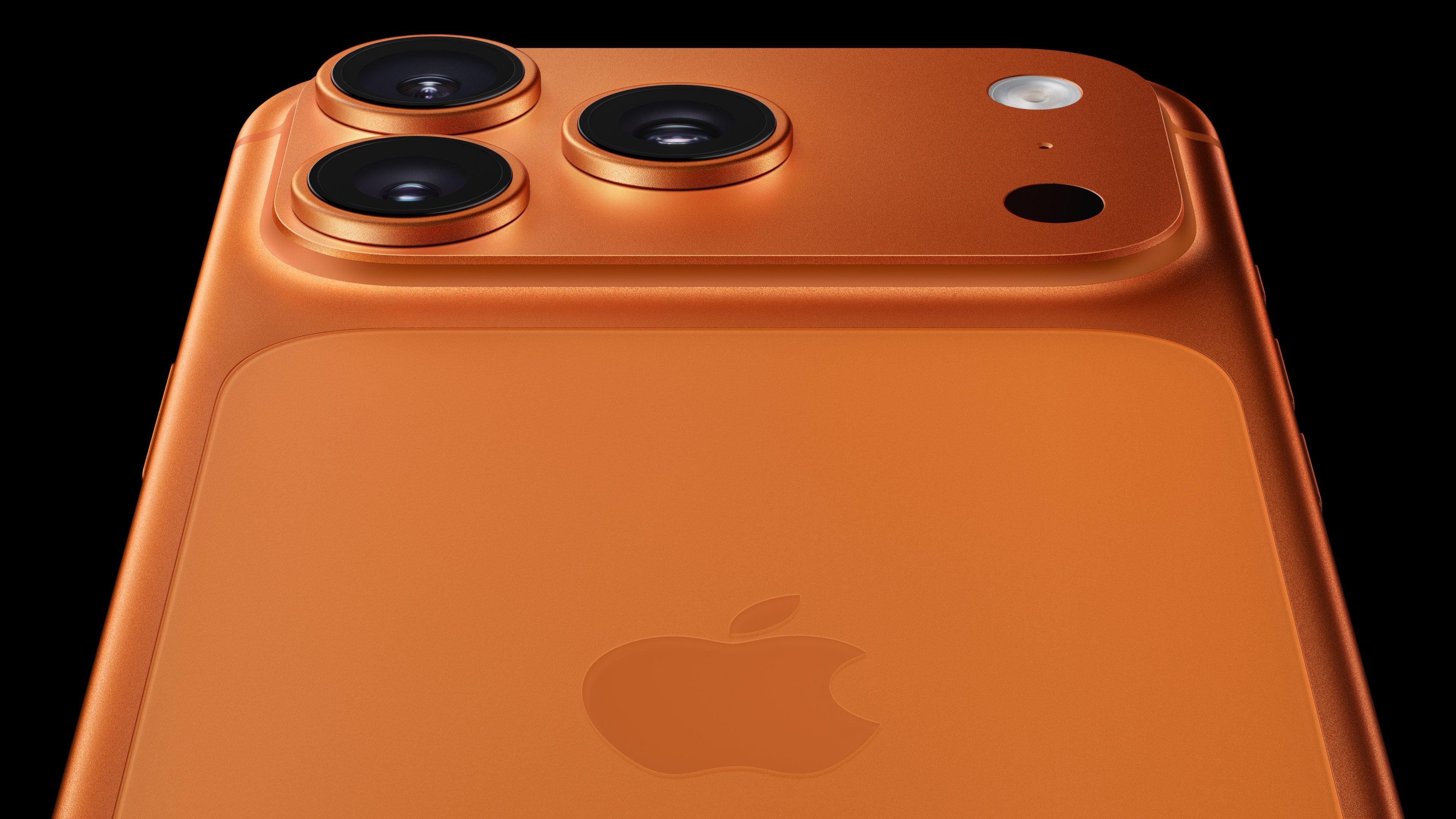Apple (AAPL 0.68%) is expected to release at least one iPhone sporting an organic light emitting diode, or OLED, display next year alongside models with standard liquid crystal displays, or LCDs -- and it's a really big deal.

Image source: Apple.
For instance, KGI Securities analyst Ming-Chi Kuo predicts that the OLED iPhone will be by far the most popular of the three iPhone models that he expects Apple to launch next year, making up 50-55% of new iPhone models shipped in the current fiscal year (via AppleInsider).
Here are three reasons to expect the new OLED iPhone to dramatically outsell the other iPhone models.
Looks matter
The OLED iPhone is expected to feature a new industrial design with a glass back and a display that curves into both sides of the device (OLED is expected to be critical to enabling this curvature). While the new LCD models may also feature glass backs, I expect that from a purely aesthetic point of view, the OLED iPhone will be far more appealing to smartphone shoppers than the LCD models will.
Additionally, iPhone shoppers became accustomed to Apple putting out new designs every two years. The iPhone 7 and iPhone 7 Plus, on the other hand, retain the same basic shapes as the last two generations of iPhones.
Some iPhone customers that might have planned to upgrade older iPhone 6-series smartphones to the "new design" this year might have been disappointed by the look and feel of this year's iPhone 7-series devices. Those customers might find the curved OLED iPhone 8 to be just the update that they'd been holding out for.
A more "responsive" experience
Display technology expert Raymond Soneria of Display Mate Technologies says that OLEDs can have much quicker pixel response times than LCDs. A display's pixel response time (measured in milliseconds) per website DisplayLag is "how quickly it can change its pixels from black-to-white or gray-to-gray."
DisplayLag explains the impact that response times can have on user experience:
The response time of a display typically governs how much ghosting a display has. Ghosting is the blur that you see on your display trailing objects when there are fast scenes being displayed, such a car chase, or an action video game like Ninja Gaiden. A display with a slow response time will show blurring behind moving objects as they are moving, and can be very distracting to the human eye.
To get a sense of how much faster mobile OLED displays can be relative to mobile LCDs, it's worth checking out pixel response times that website Notebook Check measured for the LCD-packing iPhone 7 Plus and the OLED-powered Galaxy Note7.
Notebook Check measured the black-to-white response time on the iPhone 7 Plus's display at 24 milliseconds; 50% gray to 80% gray came in at 29 milliseconds.
In contrast, the display on the Note7 delivered a black-to-white response time of 4.4 milliseconds, and a 50% gray to 80% gray response time of just 5.6 milliseconds.
OLED mobile displays can clearly be much faster than even the best mobile LCDs.
Better image quality
Apple's mobile LCDs currently deliver best-in-class contrast ratios for LCDs, but they simply can't match the "perfect" black levels that an OLED can deliver.
If a customer walks into an Apple store and compares an iPhone model with an LCD with an iPhone model sporting an OLED display, then the much-improved contrast ratio of the OLED model is likely to be clear if Apple chooses its demonstration wallpapers properly.
That comparison could ultimately sway iPhone buyers to pay a little bit more for a phone that has a noticeably better display. And, if Apple charges a premium for the OLED iPhone model, that could help boost Apple's iPhone average selling prices and, in turn, revenue.






